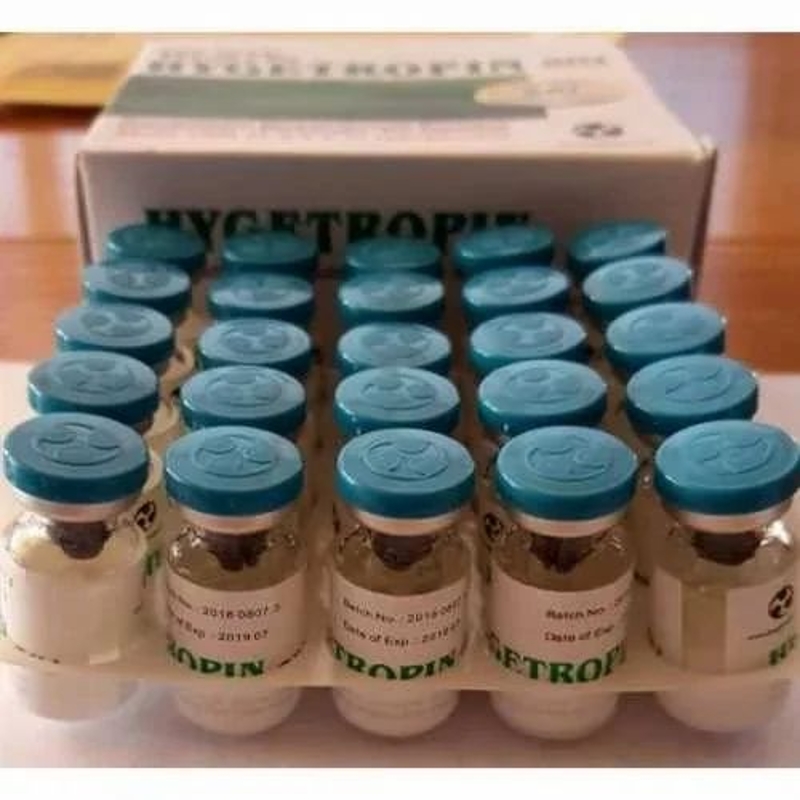-
Categories
-
Pharmaceutical Intermediates
-
Active Pharmaceutical Ingredients
-
Food Additives
- Industrial Coatings
- Agrochemicals
- Dyes and Pigments
- Surfactant
- Flavors and Fragrances
- Chemical Reagents
- Catalyst and Auxiliary
- Natural Products
- Inorganic Chemistry
-
Organic Chemistry
-
Biochemical Engineering
- Analytical Chemistry
-
Cosmetic Ingredient
- Water Treatment Chemical
-
Pharmaceutical Intermediates
Promotion
ECHEMI Mall
Wholesale
Weekly Price
Exhibition
News
-
Trade Service
Background: Rheumatoid arthritis (RA) is an autoimmune disease characterized by systemic inflammation, persistent synovitis, and autoantibodies (particularly against citrullinated peptides and rheumatoid factor).
With repeated episodes of joint inflammation, the normal structure of the joint is destroyed, eventually leading to decreased mobility and increased
disability.
In addition, many patients with RA present with extra-articular clinical symptoms
.
One meta-analysis determined that the global prevalence of RA over the past 40 years was approximately 0.
46%.
In addition, RA has been found to be potentially associated with a variety of autoimmune diseases, including thyroid dysfunction
.
Thyroid dysfunction mainly includes hyperthyroidism, hypothyroidism, subclinical hyperthyroidism, and subclinical hypothyroidism
.
Autoimmune thyroid disease (AITD), which mainly includes Hashimoto's thyroiditis and Graves' disease, is the most common cause of various thyroid dysfunctions, manifested by the production of antibodies
against thyroid peroxidase, thyroglobulin, or thyroid-stimulating hormone receptor autoantigen.
In several thyroid disorders, laboratory tests are more important
in addition to the clinical manifestations.
Commonly used detection indicators are thyroid-stimulating hormone (TSH), triiodothyronine (T3), thyroxine (T4), free triiodothyronine (fT3), free thyroxine (fT4).
The range of reference values given by different experimental equipment and test kits is different, but the trend of index changes has been widely recognized
.
Hypothyroidism and hyperthyroidism can be divided into overt and subclinical stages
.
Depending on hormone levels, hyperthyroidism and hypothyroidism are defined as excess and insufficiency
of thyroid hormones, respectively.
Most thyroid diseases and rheumatoid arthritis are chronic, unfortunately, the early symptoms of thyroid dysfunction are not clear, and in the absence of biochemical tests of thyroid function, they are often masked
by clinical manifestations of other diseases.
Thyroid dysfunction can be harmful to health and, if left undiagnosed or treated, can have serious adverse consequences and in exceptional cases can be fatal
.
Research results on the risk of thyroid dysfunction in patients with RA are mixed
.
For example, a study by McCoy et al.
concluded that there was no significant increased
risk of hypothyroidism in RA patients compared to non-RA patients.
Graves' disease is the most common cause of hyperthyroidism and has a high comorbidity
with RA.
Objective: Taking into account the accumulation of evidence, we conducted a systematic review and meta-analysis to assess whether people with RA have a higher risk
of the four major thyroid dysfunctions.
We also used subgroup analyses to investigate the effects of control group sources, study types, regions, and publication dates on overall analysis results, and to explore sources of
heterogeneity.
Methods: We comprehensively reviewed online literature databases including PubMed, Scopus, Embase, and Cochrane Library, from their respective creation dates to March 25
, 2022.
Studies
included at least one patient with rheumatoid arthritis and thyroid dysfunction in their control group.
Based on these data, we calculated the combined odds ratio (OR) for thyroid dysfunction in patients with and without RA and its corresponding 95% confidence interval (CI).
Results: Twenty-nine studies involving a total of 35,708 patients
with RA met the inclusion criteria.
Meta-analysis showed an increased risk of thyroid dysfunction, particularly hypothyroidism, in patients with RA compared with non-RA patients (OR 2.
25, 95% CI 1.
78 to 2.
84).
Subgroup analysis showed that the type of study and the source of the control sample were sources of
heterogeneity.
Fig.
1 Forest plot
of thyroid dysfunction risk in RA patients.
(A) Forest plot of hyperthyroidism risk in RA patients, (B) forest plot of subclinical hyperthyroidism risk in RA patients, (C) forest plot of hypothyroidism risk in RA patients, and (D) forest plot of subclinical hyperthyroidism risk in RA patients
.
Table 1 Subgroup analysis
by region, year of publication, study design, and control source.
Figure 2 Sensitivity analyses
of each study were excluded in turn.
(A) Sensitivity analysis
of RA in association with hyperthyroidism.
(B) Sensitivity analysis
of RA in association with subclinical hyperthyroidism.
(C) Sensitivity analysis
of RA in association with hypothyroidism.
(D) Sensitivity analysis
of RA associated with subclinical hypothyroidism.
Fig.
3 Publication bias
to detect the risk of thyroid dysfunction in patients with RA by funnel plot.
(A) Funnel chart to detect risk of hyperthyroidism in patients with RA
.
(B) Publication bias
to detect the risk of subclinical hyperthyroidism in patients with RA by funnel chart.
(C) Publication bias
to detect risk of hypothyroidism in patients with RA by funnel chart.
(D) Publication bias
to detect the risk of subclinical hypothyroidism in patients with RA by funnel graph.
Conclusion: Patients with RA have an increased
risk of developing thyroid dysfunction, especially hypothyroidism.
Routine biochemical testing
of thyroid function in patients with RA should be strengthened.
Larger prospective studies are needed to explore the causal relationship between RA and thyroid dysfunction and to investigate the impact of
thyroid dysfunction on RA disease activity, drug efficacy, and medication safety.
Liu YJ, Miao HB, Lin S,et al.
Association between rheumatoid arthritis and thyroid dysfunction: A meta-analysis and systematic review.
Front Endocrinol (Lausanne) 2022; 13







